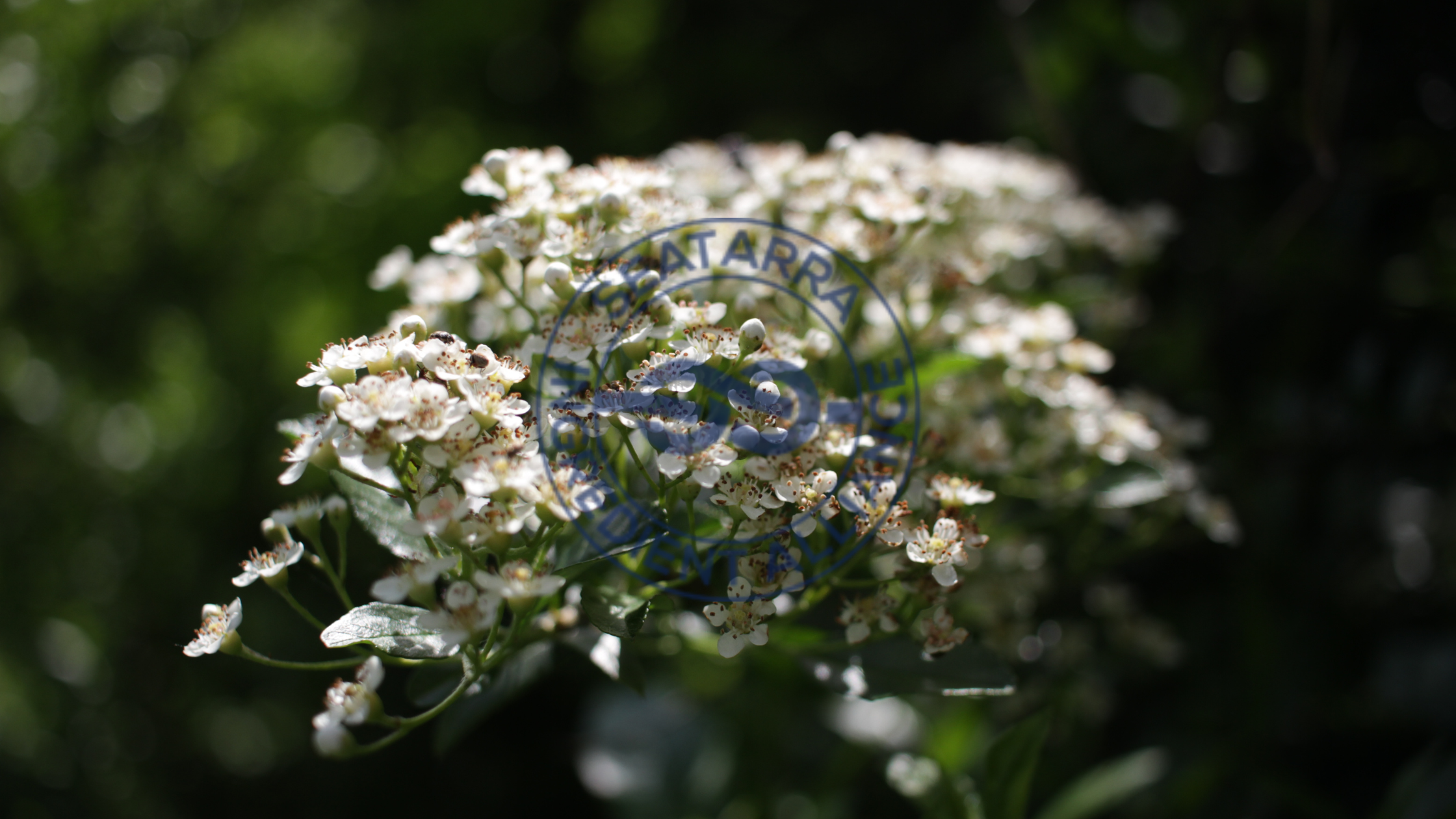
Cramp Bark: A Comprehensive Dive into Nature’s Therapeutic Powerhouse
Introduction
The myriad gifts of nature often go unnoticed. Amongst these treasures is the Cramp Bark, a powerful and versatile remedy used by ancient civilizations and still relevant today. This detailed exploration will take you through its history, benefits, and significance in today’s herbal world.
Historical Overview: Ancient Uses and Beliefs
Dating back to centuries, Cramp Bark, known scientifically as Viburnum opulus, has been steeped in tradition and folklore. From European healers to Native American tribes, the bark of this plant played a pivotal role in their medicinal arsenal. Not just a remedy, it was considered a symbol of protection, balance, and spiritual healing.
In European folklore, Cramp Bark wasn’t merely a healer’s tool. It emerged as a symbol, a botanical embodiment of protection and wellness. Whispered tales spoke of it warding off malevolent spirits, ensuring peace and tranquility in households.
Botanical Identification
Viburnum opulus, commonly known as the Snowball Tree due to its visually striking blossoms, is a plant that commands attention. Every season adds a different hue to its appeal. The spring drapes it in a cloak of pristine white blossoms, while autumn transforms it into a vibrant spectacle with its fiery red berries.
Geographical Distribution
While Cramp Bark is primarily native to parts of Europe and Asia, its popularity and therapeutic potential have led to its cultivation in various parts of the world, including North America. Its adaptability to different climates and terrains has enabled it to thrive and spread its roots far and wide.
Biochemical Composition and Health Benefits
Cramp Bark’s profound impact on health stems from its complex biochemical makeup. Here’s a closer look at its primary constituents:
- Methyl Salicylates: This component stands at the forefront, responsible for Cramp Bark’s acclaimed antispasmodic properties. It is particularly beneficial in relieving menstrual cramps and muscle pains.
- Tannins and Flavonoids: These powerhouses are the anti-inflammatory heroes of the plant. They not only soothe inflamed tissues but also promote overall gut health.
- Essential Oils and Coumarins: Known for their aromatic and therapeutic properties, they enhance the bark’s pain-relieving attributes.
- Vitamins and Minerals: Cramp Bark also contains traces of essential nutrients that contribute to overall health and wellness.
A Spectrum of Therapeutic Uses
Cramp Bark’s therapeutic prowess isn’t just limited to alleviating cramps. Its spectrum of benefits is vast:
- Urinary Health: The antispasmodic properties offer relief from urinary discomforts, potentially assisting in the treatment of urinary tract infections.
- Migraine Relief: Those plagued with tension-induced headaches might find solace in this natural remedy.
- Post-Partum Recovery: Historically, new mothers relied on Cramp Bark concoctions to ease postpartum contractions and facilitate smoother recovery.
- Heart Health: Some studies suggest that Cramp Bark can help in normalizing blood pressure levels.
Modern-Day Adaptations and Uses
While the ancient world had its own ways of harnessing Cramp Bark’s potential, the modern era has seen innovative adaptations:
- Supplements: Today, you can find Cramp Bark capsules and tablets, making consumption easier and more regulated.
- Cosmetics: Recognizing its anti-inflammatory properties, several skincare brands have incorporated Cramp Bark extracts into their products.
- Beverages: Beyond traditional tea, Cramp Bark has found its way into various health drinks and smoothies.
- Pain-Relief Balms: Its muscle-relaxing attribute has paved the way for its inclusion in topical treatments for pain relief.
A DIY Guide: Crafting Your Own Cramp Bark Concoctions
Tea: A simple brew can unleash its therapeutic properties. Steep the bark in hot water, strain, and sip.
Oil: Infuse carrier oils with Cramp Bark for a topical remedy. Ideal for massages, it can offer relief from muscle and joint pains.
Tinctures: These potent liquid extracts, usually alcohol-based, are a concentrated form of all the goodness Cramp Bark has to offer.
Conclusion: Embracing Nature’s Bounty
As we tread on the path of holistic well-being, turning to nature invariably offers solutions that are both gentle and effective. Cramp Bark, with its rich legacy, stands as a testament to the time-tested wisdom of herbal medicine. A dive into its world not only offers relief from ailments but also deepens our connection with nature’s boundless wisdom.



